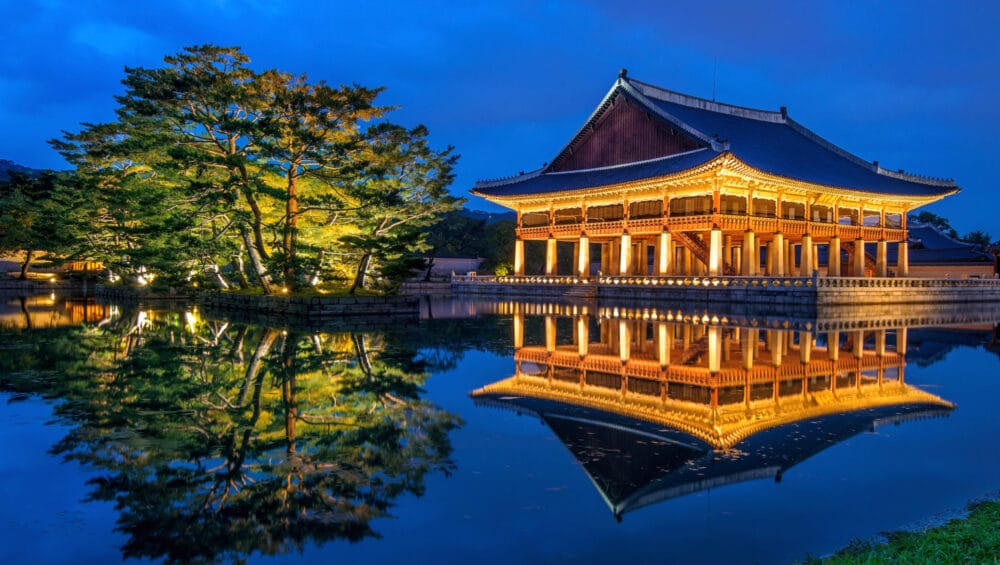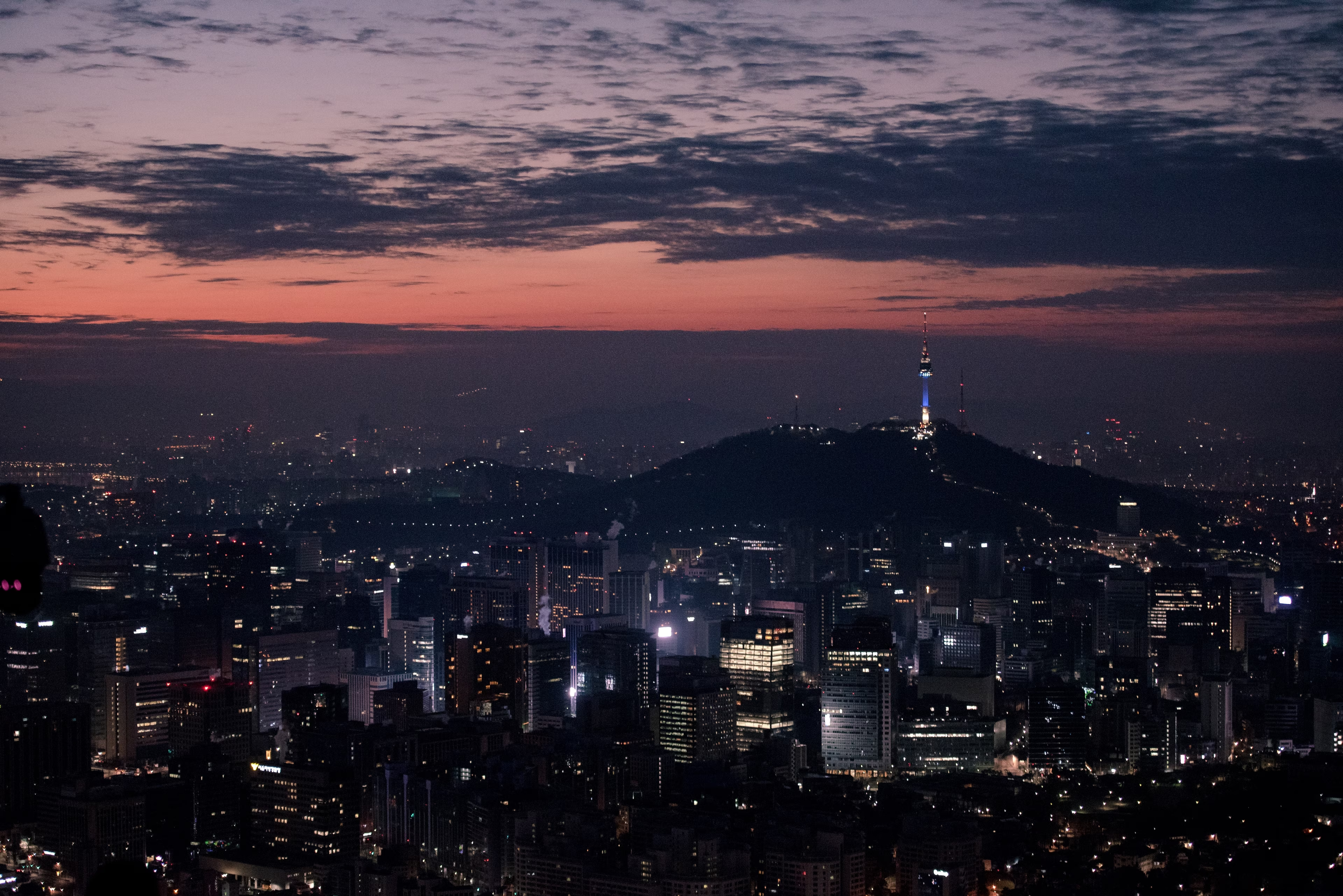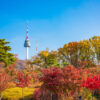South Korea is a country with a rich cultural heritage and a fascinating history. Among its many treasures are the grand palaces that have stood the test of time, serving as iconic landmarks and reminders of the country’s past. In this article, we will take you on a virtual tour of the five grand palaces in South Korea, each with its own unique charm and significance.
Table of Contents
- Introduction: Exploring South Korea’s Grand Palaces
- Gyeongbokgung Palace: The Royal Abode
- Changdeokgung Palace: Harmony of Nature and Architecture
- Changgyeonggung Palace: A Tranquil Retreat
- Deoksugung Palace: Where Tradition Meets Modernity
- Gyeonghuigung Palace: The Palace of Serene Beauty
- Conclusion
- FAQs
Introduction: Exploring South Korea’s Grand Palaces
South Korea’s grand palaces offer a glimpse into the country’s majestic history and architectural brilliance. These palaces served as the residence for the royal family during the Joseon dynasty and are now open to the public as cultural heritage sites. Let’s delve into the enchanting world of South Korea’s grand palaces and discover their captivating stories.
Gyeongbokgung Palace: The Royal Abode
Gyeongbokgung Palace, also known as the Palace of Shining Happiness, is a symbol of Korea’s grandeur. Located in Seoul, it was the main palace during the Joseon dynasty. The palace complex is renowned for its meticulous architecture, with vibrant colors and intricate designs. Exploring Gyeongbokgung Palace allows visitors to witness the grandeur of the royal court and learn about Korean history through its many halls, pavilions, and gardens.
Changdeokgung Palace: Harmony of Nature and Architecture
Changdeokgung Palace showcases the seamless integration of architecture with the surrounding nature. Situated in Seoul, this palace is known for its beautiful Secret Garden, a masterpiece of traditional Korean garden design. Walking through the palace grounds, visitors are transported to a world of tranquility and beauty. The UNESCO World Heritage site is a testament to the harmonious coexistence of man-made structures and the natural environment.
Changgyeonggung Palace: A Tranquil Retreat
Changgyeonggung Palace is nestled in the heart of Seoul, offering a peaceful escape from the bustling city. Originally built as a residence for the queens, it later became a temporary palace for the royal family during the changing seasons. The palace’s serene atmosphere, adorned with lovely gardens and pavilions, provides visitors with a sense of tranquility and a chance to immerse themselves in the historical charm of Korea.
Deoksugung Palace: Where Tradition Meets Modernity
Deoksugung Palace stands as a testament to the blending of traditional and modern architectural styles. Located in Seoul’s bustling city center, it offers a unique juxtaposition of historical buildings against the backdrop of modern skyscrapers. The palace showcases a fusion of Western and Korean architectural elements, reflecting the influence of globalization during the late Joseon dynasty. A visit to Deoksugung Palace allows visitors to witness the dynamic transformation of South Korea through the ages.
Gyeonghuigung Palace: The Palace of Serene Beauty
Gyeonghuigung Palace, known as the Palace of Serene Beauty, invites visitors to experience the serene beauty and tranquil ambiance of ancient Korea. Located in the heart of Seoul, this palace served as a secondary residence for the Joseon royal family. Despite its smaller size compared to other grand palaces, Gyeonghuigung Palace captivates visitors with its intimate charm and picturesque surroundings.
As you wander through the palace grounds, you’ll encounter stunning pavilions, beautifully landscaped gardens, and peaceful ponds. The architecture of Gyeonghuigung Palace exudes elegance and sophistication, showcasing the refined taste of the Joseon dynasty. It’s a perfect spot to escape the city’s hustle and bustle and immerse yourself in the serenity of traditional Korean architecture.
Conclusion
Visiting the five grand palaces in South Korea is a journey through the country’s rich history and cultural heritage. Each palace has its own unique characteristics and stories to tell, offering visitors a glimpse into the grandeur of the past. From the majestic Gyeongbokgung Palace to the harmonious Changdeokgung Palace, the tranquil Changgyeonggung Palace to the fusion of tradition and modernity at Deoksugung Palace, and the serene beauty of Gyeonghuigung Palace, each site leaves a lasting impression.
Exploring these grand palaces allows visitors to appreciate the remarkable craftsmanship, architectural marvels, and cultural significance of South Korea. Whether you’re a history enthusiast, an architecture lover, or simply someone seeking a deeper understanding of this captivating country, a visit to the grand palaces is a must.
FAQs
1. Are the grand palaces open to the public? Yes, all five grand palaces in South Korea are open to the public. Visitors can explore the palaces’ various buildings, gardens, and exhibitions to learn about Korean history and culture.
2. Can I take photographs inside the palaces? Photography is allowed in most areas of the grand palaces. However, there may be certain restrictions in specific sections or during special events. It’s advisable to check the guidelines at each palace before taking photographs.
3. Are there guided tours available? Yes, guided tours are available at the grand palaces. These tours provide in-depth information about the history, architecture, and cultural significance of each palace. It’s a great way to enhance your visit and gain a deeper understanding of the sites.
4. Can I rent traditional Korean attire to wear while visiting the palaces? Yes, there are rental services near the grand palaces where visitors can rent traditional Korean hanbok attire. Wearing hanbok adds to the immersive experience and allows you to feel a closer connection to the historical atmosphere of the palaces.
5. Are there any cultural events or performances held at the grand palaces? Yes, the grand palaces often host cultural events, performances, and traditional ceremonies. These events provide a unique opportunity to witness traditional music, dance, and other cultural demonstrations. Check the palace’s schedule for upcoming events during your visit.
Visiting the grand palaces in South Korea is a truly remarkable experience that allows you to step back in time and immerse yourself in the country’s rich heritage. From the awe-inspiring architecture to the serene beauty of the surrounding landscapes, these palaces offer a glimpse into a bygone era. So plan your trip, explore the grand palaces, and embark on a journey to discover the captivating history of South Korea.
Read more Korea blog:
Lotte World Theme Park in Seoul: Exciting Fun and Helpful Tips!
How to Enjoy Jeju Island to the Fullest (8 Unique Ways)




